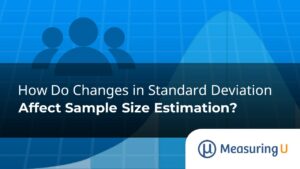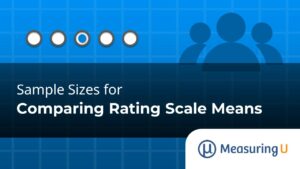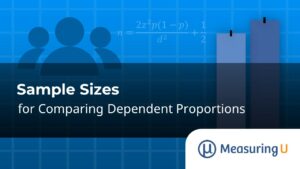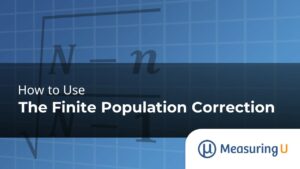
Defining and Finding Participants for Survey Research
You’ve decided to conduct a survey. Congratulations! Now it’s time to get into the details. In our experience, one of the most soul-crushing difficulties of running surveys is the process of defining and finding participants. In this article, we’ll go over some of the logistical details you’ll want to sort out before launching your survey.








